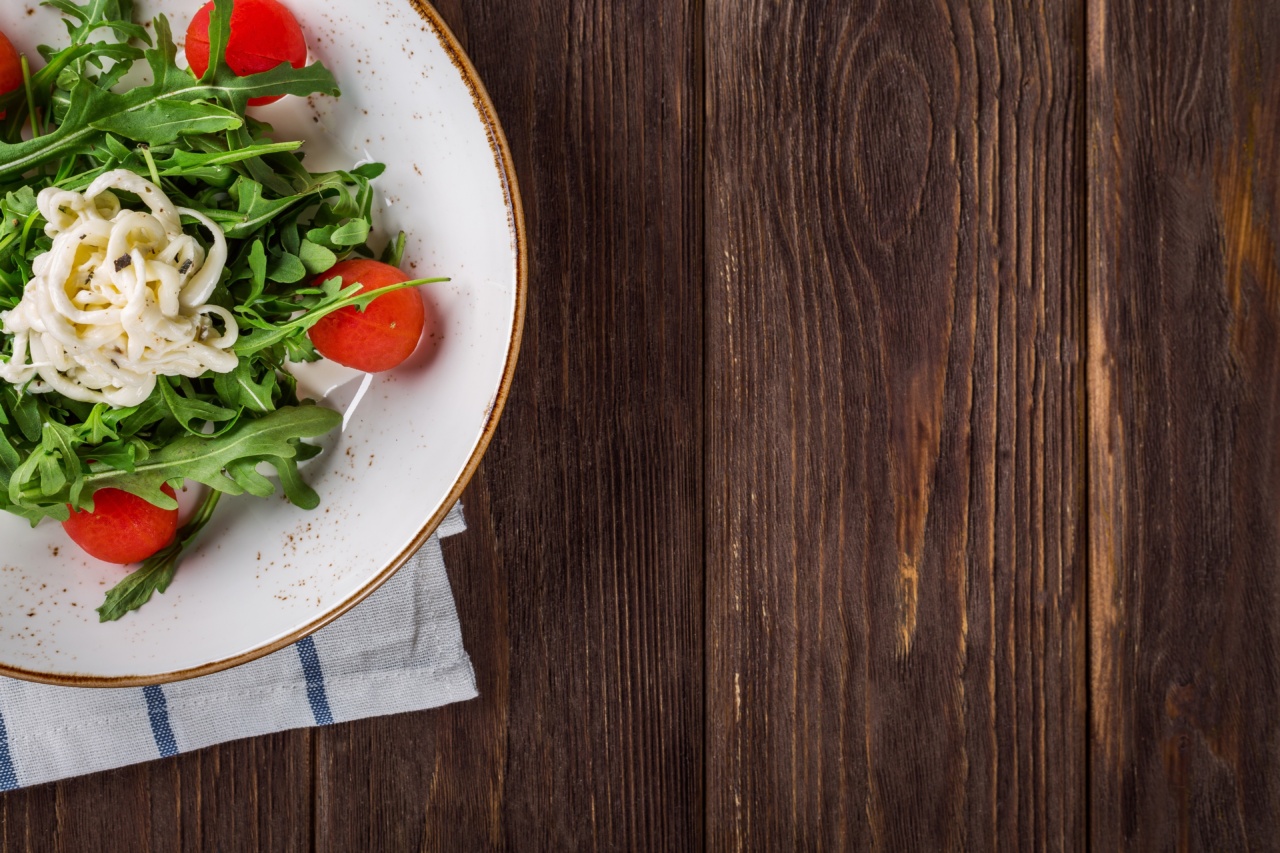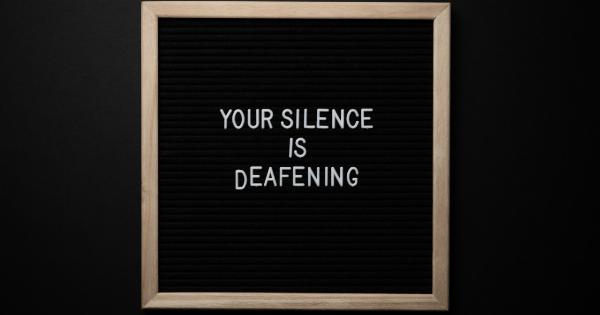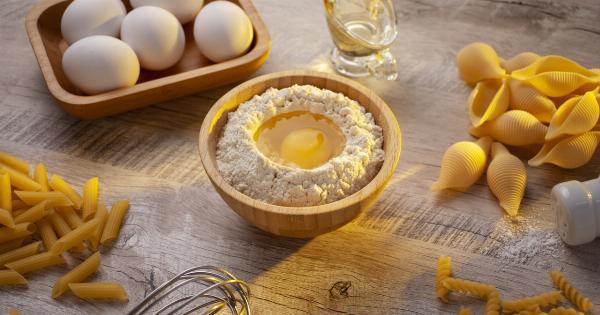Salt is a common ingredient used in many dishes around the world. While it adds flavor to food, too much salt intake can cause health problems such as high blood pressure and heart disease.
According to the World Health Organization, the recommended daily salt intake for adults is about 5 grams, which is equivalent to one teaspoon. Unfortunately, many people consume more than this recommended amount. If you’re looking to cut back on salt in your diet, here are some secrets to help you achieve your goals.
1. Use herbs and spices instead of salt
One of the easiest ways to reduce salt in your diet is to use herbs and spices to flavor your food instead. There are many options available, such as rosemary, thyme, oregano, basil, and more.
You can also use different spice blends like curry powder, chili powder, and cumin to add flavor to your meals. By using herbs and spices instead of salt, you can add variety to your meals while keeping your salt intake under control.
2. Read food labels
Many processed and packaged foods contain high amounts of salt, even if they don’t taste salty. That’s why it’s important to read food labels when you’re grocery shopping.
Look for foods that are labeled as low-sodium or no-salt-added. Keep in mind that a product labeled as “reduced sodium” still contains salt, but in a lower amount than the original product.
3. Cook at home more often
When you cook at home, you have more control over the ingredients you use, including salt. Try to prepare meals at home more often instead of eating out or relying on packaged foods.
When you do cook at home, experiment with different herbs and spices to add flavor to your dishes.
4. Choose fresh ingredients
Fresh ingredients like fruits, vegetables, and meats are generally lower in salt than canned or processed versions. When possible, choose fresh ingredients to use in your meals. If you do use canned fruits or vegetables, look for low-sodium versions.
When choosing meats, opt for lean cuts that are not brined or marinated in salt.
5. Use salt substitutes sparingly
Salt substitutes are products that replace sodium with potassium or other minerals. While they can help reduce your salt intake, they can also have a strong flavor and bitter aftertaste.
If you do use salt substitutes, use them sparingly and taste your food before adding more. You can also try other seasonings like lemon juice or vinegar to add flavor without adding salt.
6. Avoid adding salt to cooking water
When you’re cooking pasta, rice, or other grains, avoid adding salt to the cooking water. This can add unnecessary salt to your meal. Instead, try using low-sodium broths or other seasonings to add flavor.
7. Limit your intake of salty snacks
Salty snacks like chips, pretzels, and crackers are high in sodium. If you’re trying to cut back on salt, limit your intake of these snacks.
Instead, choose fresh fruits or vegetables as a snack, or look for low-sodium or no-salt-added versions of your favorite snacks.
8. Be mindful of condiments and sauces
Condiments and sauces like ketchup, soy sauce, and barbecue sauce can be high in sodium. Be mindful of the amount you use, or look for low-sodium versions of your favorite condiments and sauces.
You can also try making your own sauces and dressings at home using fresh ingredients and herbs.
9. Rinse canned foods
If you do use canned foods, you can reduce the salt content by rinsing them before using them in your recipes. Rinse canned beans, vegetables, and fish to remove some of the excess sodium.
10. Ask for less salt when dining out
When you’re dining out, ask your server to prepare your meal with less salt. You can also ask for sauces and dressings on the side so you can control the amount you use.
If you’re unsure about the salt content of a dish, ask your server for more information or look it up online before ordering.
Conclusion
Reducing your salt intake can have many health benefits, including reducing your risk of high blood pressure and heart disease.
By using herbs and spices, reading food labels, cooking at home, choosing fresh ingredients, limiting salty snacks, being mindful of condiments and sauces, rinsing canned foods, and asking for less salt when dining out, you can successfully cut back on salt in your diet. Remember that small changes can make a big difference in your health.




























